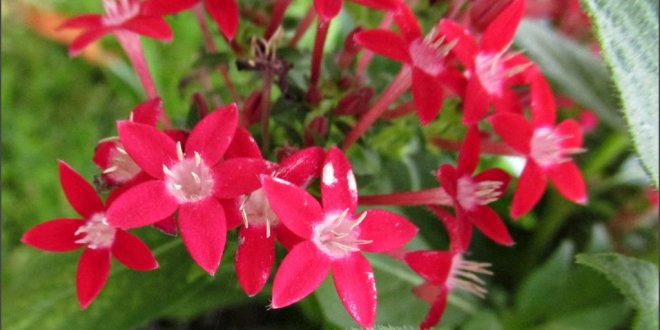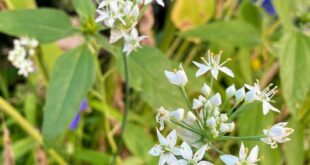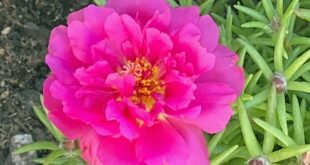Pentas are tropical blooming plants. When you know how to grow Pentas, you have a foolproof way of attracting hummingbirds and butterflies, too.
Plant Description
These plants grow slowly and are often found as container or bedding plants. Pentas plant care is similar to any warm season perennial. They are not prone to many diseases and the main pest problem is spider mites.
Pentas flowers can be used as annuals during summer in climates colder than USDA zone 10. Sunnyvale is zone 9b so they may die back in cold winters. They will simply die back when the cold weather arrives, or you can try to growing Penta plants indoors.
How to Grow Pentas
Growing Pentas plants from seed is a quick way to make many of the little plants, but if you want blooms sooner, try the vegetative method.
Caring for Pentas
Fertilize in spring with a slow release granular fertilizer. Mulch around in-ground plants to conserve water and repel weeds.
Save outdoor plants in winter by digging them up and putting them in a container with a good potting soil. Bring them indoors to a warm room with bright light and no drafts. Reintroduce the plant gradually to the outdoors in spring as soon as ambient temperatures are 65 degrees Fahrenheit or more.








